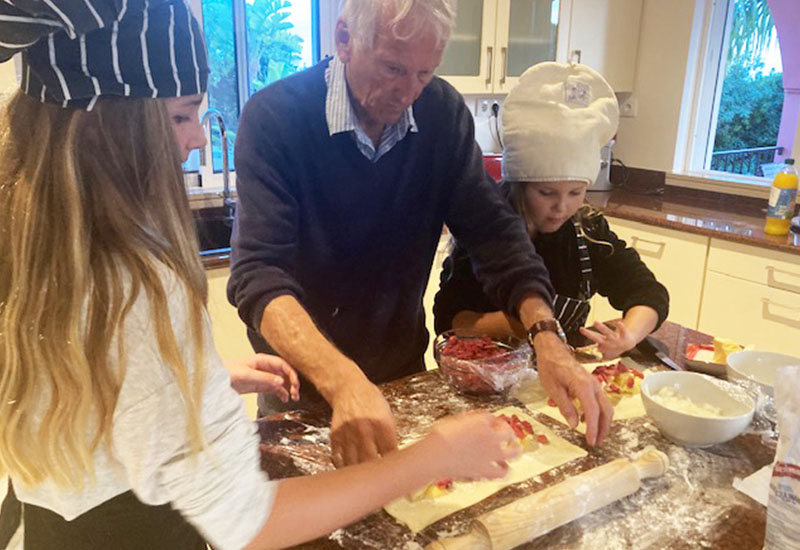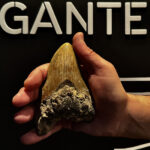WORDS Geoff Hollow
With a pasty war breaking out in Cornwall as Greggs announced the opening of a bakery in Truro, I felt it was time to go back to my roots. Cornish locals are proud, protective and passionate about the pasty. They are up in arms as they felt the national chain would take trade from genuine local producers of authentic pasties. Recipes are passed down from generation to generation.
I was born and raised in Penzance in Cornwall and my parents were steeped in their Cornish heritage. Thursdays were always pasty days, and I was taught the recipe at the age of seven as well as the origin and tradition of this local ‘delicacy’.
The pasty was initiated to provide crouse for tin miners, a substantial, cheap, easy-to-produce food during the working day. Taken down to the mines, it had a thick crust with a strong crimped edge to handle with dirty fingers and on one side of the pasty was meat, potato and other vegetables and on the other side a dessert of fruit or jam. A complete meal package in a tidy pastry parcel.

My mother followed a more refined derivation of the pasty. She made wonderful light, crisp pastry using butter, lard and flour in which to encase thinly sliced potato, onion, swede (or turnip as it was known in Cornwall) and chuck steak. Salt, pepper and butter were added and this mixture was encased in a semi-circular pastry envelope. My mother would probably now turn in her grave as I use shop-bought pastry!
A pasty was eaten hot straight from the oven or taken on picnics, wrapped in a greaseproof or in cloth. At home, it was always eaten with a nice pot of tea, but as I got older, I found a pint of beer the ideal accompaniment.
In many ways, the Algarve, where I spend several months a year, reminds me of Cornwall. So it was wonderful on a recent visit that I was able to educate my daughter and granddaughters, Bella and Eloise, on the art of making a Cornish pasty. Their first efforts were amazingly good. Although Cornish pasties are an acquired taste, Bella ate every morsel and Eloise devoured over half before saying, “I’m full, Grandpa.”
Here is my humble Cornish pasty recipe for a passable tasty contribution to this now protected food legacy. I highly recommend eating it on the beach wrapped in greaseproof paper as we used to do!
A substantial meal and fun to make as a group or with kids. We always put our initials on the top in pastry, so we know whose is whose.
Oggy, Oggy, Oggy. Enjoy!
Cornish Pasties Recipe
Ingredients
To save time, I recommend buying ready-made shortcrust pastry, which can be bought in all supermarkets. Store it in the fridge to make it easier to roll out.
Swede (This may be difficult to find here – we sometimes bring them from the UK). If you want to have a look for one in the supermarket, in Portuguese they are called couve nabo da suécia or Rutabaga. (If you can’t find one, it still tastes good without it).
Potato.
Chuck steak, we used cubes, the steak called novilho from the meat counter.
A beaten egg.
Method
Cut a large potato into thin slivers.
Finely chop an onion.
Thinly slice the swede.
Roll the pastry on a flat surface using flour to stop sticking. Get it thin but not too thin, otherwise it will fall apart on rolling.
Use a large plate to cut your circular shape at the top of the pastry rectangle.
Fill the pastry shape with all the ingredients. Do not scrimp on the steak and add vegetables according to taste. Put some knobs of butter over the filling to add moisture.
Pull the round edge over the ingredients sealing the two edges, then crimp them firmly together.
Pierce the top of the pasty a couple of times to release steam. Coat the top of the pastry with beaten egg to give a nice brown crust.
Cook for one hour in a preheated oven at 180ºC or until golden brown.
Did you know?
The term ‘Cornish pasty’ is legally protected, so only pasties made in the county from a traditional recipe can use that name.













